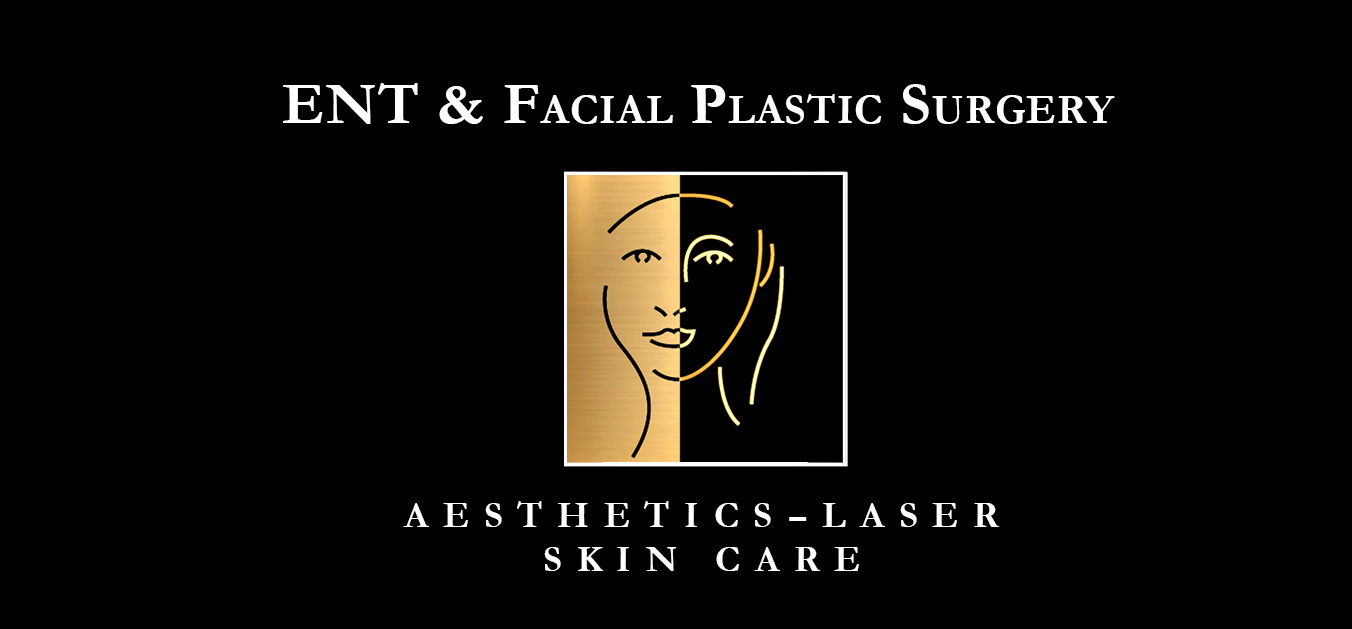Are you seeking a long-lasting, natural rejuvenation that makes you look as young as you feel? If so, a deep plane facelift might be the key to unlocking your most youthful appearance yet. So, what is a deep plane facelift? And how do you know if it’s right for you?
This comprehensive guide dives into the ins and outs of this advanced cosmetic procedure, helping you understand why it stands out among other facelift techniques.
What Is a Deep Plane Facelift?
Before we get started, let’s address the most pressing question of all: What is a deep plane facelift?
This is a sophisticated surgical technique that targets the deeper layers of facial muscles and tissues, rather than just the skin.
Unlike traditional facelifts, which only lift and tighten surface layers, the deep plane approach offers more profound and enduring results by repositioning structures beneath the skin.
The Evolution of Facelift Techniques
The evolution of facelift techniques has seen significant advancements over the years.
Initially, facelifts focused solely on tightening the skin. However, these early methods often resulted in an “overdone” look and did not address the underlying causes of aging.
Accordingly, the deep plane technique was developed to overcome these limitations, delivering more natural-looking results by working beneath the surface.
What Are the Benefits of a Deep Plane Facelift?
There are numerous deep plane facelift benefits to consider.
Most importantly, by targeting the deeper layers of tissues and muscles, this procedure provides a more natural, youthful appearance.
In addition, the results are longer-lasting compared to traditional facelifts, and patients often experience less swelling and shorter recovery times.
Finally, the deep plane technique reduces the risk of creating a “pulled” or tight appearance, ensuring a more subtle transformation.
Tips for Choosing the Right Surgeon
Now that we’ve answered two key questions – What is a deep plane facelift? What are its unique benefits? – it’s time to look for a facial plastic surgeon.
Choosing the right surgeon for your deep plane facelift is crucial to achieving the best results. As such, you should look for a board-certified plastic surgeon with extensive experience in facial procedures, particularly deep plane facelifts, and a portfolio of before-and-after photos.
Reading patient reviews and asking for recommendations can also help you find reputable surgeons in your area.
Who Is an Ideal Candidate for a Deep Plane Facelift?
Ideal candidates for are typically individuals in their 40s to 60s who have moderate to severe facial sagging and desire long-lasting, natural results.
Additionally, good candidates should be in overall good health, have realistic expectations, and be willing to commit to the necessary recovery period.
That said, a thorough consultation with a qualified facial plastic surgeon is essential to determine if a this type of facelift is the right fit for you.
What to Expect During the Procedure
Understanding what to expect during the deep plane facelift procedure can help alleviate any concerns. So, let’s get into it!
The actual surgery typically takes between three to five hours under general anesthesia.
During this time, your surgeon will make incisions along the hairline and around the ears to access the deeper layers of facial tissues. By lifting and repositioning these tissues, the surgeon can achieve a smoother, more youthful appearance.
Deep Plane Facelift Recovery and Aftercare
In addition to asking – What is a deep plane facelift?- many patients want to know what they can expect from the recovery process.
Following surgery, you will need some downtime to rest and heal. For the first two weeks, patients can expect some mild to moderate swelling and bruising.
While most individuals can return to normal activities within two to three weeks, strenuous activities should be avoided for at least six weeks.
Also keep in mind that following your surgeon’s post-operative care instructions diligently ensures optimal healing and results.
Potential Risks and Complications
Like any surgical procedure, a deep plane facelift carries potential risks and complications. These can include infection, bleeding, scarring, and nerve damage.
However, selecting a highly skilled and experienced surgeon significantly minimizes these risks.
Comparing Deep Plane Facelifts to Other Techniques
When comparing deep plane facelifts to other techniques, it’s clear that the deep plane approach offers distinct advantages.
More specifically, the deep plane technique targets underlying structures for more comprehensive and lasting results. On the other hand, traditional facelifts primarily address surface-level concerns.
Additionally, this advanced treatment achieves profound rejuvenation for years to come that non-surgical options, like fillers and Botox, cannot replicate.
Schedule a Consultation Today
Ready to take the next step in rejuvenating your appearance? If so, please call our office today to schedule a consultation with one of our top-notch facial plastic surgeons!


